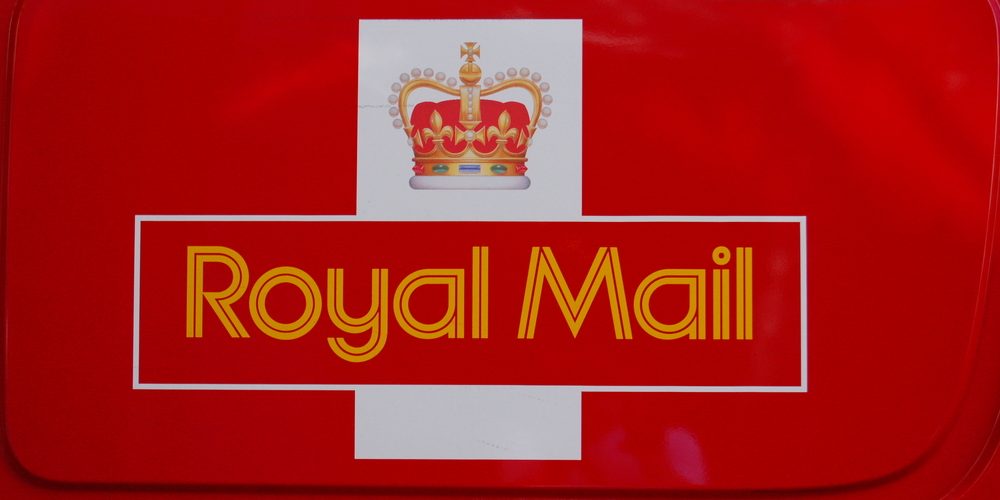The internet might have rendered the vast majority of old-fashioned snail mail obsolete, but there’s still a place for shipping physical objects from one place to another. And as long as that place exists, so too will the possibility of a package getting lost, damaged or delayed during transit.
Fortunately, if you’ve sent your package through the Royal Mail, you’ll be able to claim compensation when this happens. It’s usually the sending party which lodges the claim – but sometimes the receiving party can do it. Either way, the claim stands the greatest chance of success if both parties collaborate and share the information they have.
So how much can I claim?
If you’ve sent through the Royal Mail, then the extent of your cover will depend on the sort of shipping options you’ve selected. You’ll automatically be covered up to a certain amount, depending on the sort of parcel you’ve sent. This figure is £20 for a first or second-class package, and it’s £50 if you’ve opted for a recorded delivery. If you’ve paid for a special delivery and something goes awry, you’ll be covered for up to £500.
Additionally, the Royal Mail also offers enhanced compensation, which will cover you for even more. This extends all the way up to £2,500 per consignment. The different levels of cover are many, and so if you’re unsure of your options, it’s almost always a good idea to take a look at the Royal Mail’s website.
How do I make a claim?
Once you’ve worked out how much you’ll be covered for, you’ll need to actually submit the claim itself. In order to process your claim, the Royal Mail will need a bit of information about your circumstances. They’ll need to know, for example, whether your package has been lost, delayed, or damaged. They’ll also need to know the full name and address of both the sender and the receiver, as well as the total you paid for the service. If you’re sent your package via recorded delivery, you’ll be given a special reference number; this will help the post office to track down your order that much more quickly.
In the case of delayed parcels, you’ll want to provide two dates: the date of postage, and the date the package was actually received. The gap between the two will determine the strength of your claim. If the package never actually arrives at its destination, then you’ll need to provide proof that you’ve actually posted it, as well as a brief description of what it is and how much it costs.
When the items’ been damaged, you’ll need to provide it to the Royal Mail, along with the packaging it was shipped in. You’ll have eighty days to submit a claim from the day that you first posted the item. If you’ve opted for special delivery, then you’ll also be able to claim for consequential loss. These losses are the indirect ones that you suffered as a result of not having the item. For example, if you’ve bought a new monitor for your computer, and you’re unable to work while waiting for it, you’ll be out of pocket, and the Royal Mail will be liable for your losses. Consequential loss claims can go as high as £10,000 – but most are far lower than this.
How do I avoid postage problems?
Thus far we’ve mostly looked at how to fix a postage problem after it’s occurred. But prevention is better than cure, and thus it’s almost always preferable to ensure that the problem doesn’t occur in the first place. We can do this, to a large extent, by ensuring that our packaging is robust and tight. Wrap delicate and valuable items in bubble wrap to ensure that they can withstand the bumps and scrapes of the road. You’ll also want to ensure that the address you’ve written onto the package is legible and valid. Most lost post gets that way because the postal workers are unable to read the address properly, or an incorrect or invalid address has been written on the package. To get around this, print your address information, and use an address finder to ensure that you’ve gotten the right address. Address lookup software is easy to use, and can be incorporated directly into your website – just enter the postcode and choose your address from the resulting list. In this way, the likelihood of an error can be hugely slashed to somewhere close to zero.










Comments are closed.